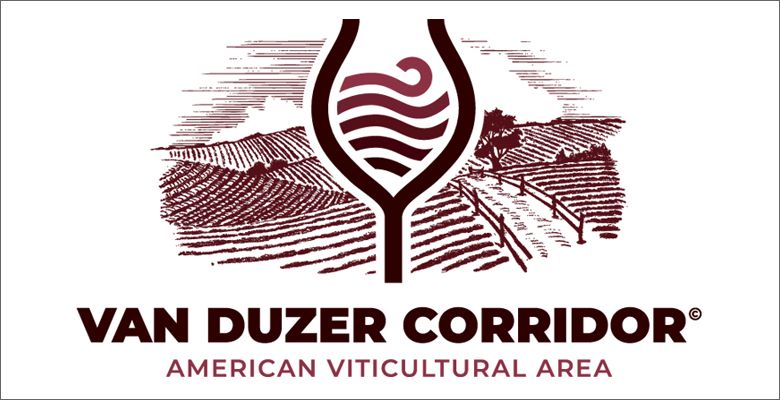Perseverance Prevails
Van Duzer Corridor AVA finally approved by TTB
By OWP Staff
In mid-December, the Van Duzer Corridor AVA committee announced the TTB’s approval of the Van Duzer Corridor AVA (American Viticultural Area). The appellation marks the 19th AVA in Oregon and remains part of the larger Willamette Valley AVA. It is located 20 miles northwest of Salem covering 60,000 acres.
The AVA’s proposal stands as a testament to perseverance. Winegrower Jeff Havlin, who led the seven-year process, says, “There were a lot of fits and starts. First of all, in our first application, we had five areas that were remiss, so I called the bureaucrat in charge. Her name was Karen Thornton (AVA Program Manager as part of TTB Regulations and Rulings Division), and I asked her if we could do these one at a time, rather than do all the work for five and then come back with four still in bad order. She said, ‘I prefer it that way.’”
Getting the borders correct, gathering weather data and other tasks took time and great effort. One major problem concerned its name. Havlin says, “We wanted Perrydale Hills because that is what the area is called by all the locals. But, that name was never in print. And the TTB says it has to appear in print someplace, like on a map or in some article. We could find nothing.”
Consequently, they returned to calling it Van Duzer Corridor — for which they found citations to reference the name — but, Havlin explains, “The irony is that the real name is Perrydale Hills. I have affidavits from county agents and the forest service guys saying, ‘Yes, that is what we all call it.’ But that wasn’t good enough. Instead, we found articles where some writer referred to it as the Van Duzer Corridor — even though the Van Duzer Corridor is probably 10 miles west of our western border. But, colloquially, that is what it is called because of the winds that come through here.”
That famous wind
The Van Duzer Corridor represents an anomaly in the Coast Range, channeling mild oceanic air into the Willamette Valley, creating the ideal paradigm of warm days and cold nights. This pattern allows the production of world-class wines in the Willamette Valley, specifically within the 35.9-square-mile triangle constituting the new AVA.
From the Pacific winds that funnel through the area, this AVA receives a cooling effect as early as two o’clock in the afternoon. Breezes dry out the vine canopy and decrease fungus pressure, making sites highly attractive for sustainable grapegrowing, reducing the need for extra fungus spray. As a phenomenon of wind protection, the grape skins thicken, leading to an abundance of anthocyanins (color) and tannins.
The buffering effect is highly noticeable and varies from one vintage to another. While nearby regions of the Willamette Valley face overly warm conditions, this area is usually slightly cooler. The opposite is also true: When nearby zones of the Willamette Valley face below-average temperatures during the growing season, this AVA receives generous mild air from the ocean, tempering the area. These combined effects allow for near-perfect growing conditions with high consistency for wine quality while mitigating the potential harmful effect of late and cold vintage.
The AVA’s soil consists of marine sediment with some basalt over siltstone bedrock. While these ancient seabed soils — aged 50 million years, roughly — remain unique to the area and impact both grapes and wine, the fortunes of this AVA rest with the wind.
Within the triangle that composes the Van Duzer Corridor, nearly 1,000 acres are occupied by 18 commercial vineyards planted to everything from Pinot Noir to Zweigelt. The number of vineyards will increase as Bjørnson Vineyard and California winemaker Ehren Jordan complete new projects. Nine licensed wine producers currently crafting wines within the AVA boundaries include Johan Vineyards, Chateau Bianca, Holmes Gap Vineyard, Havlin Vineyard, Namasté Vineyards, Firesteed Cellars, Andanté Vineyard, Left Coast Cellars and Van Duzer Vineyards.
With the number of successful vineyards already thriving in the AVA, Havlin predicts a growing interest. “There are plenty of hillsides with the right aspect, the right soils, elevation and slope that are still available. And at a good price.”











